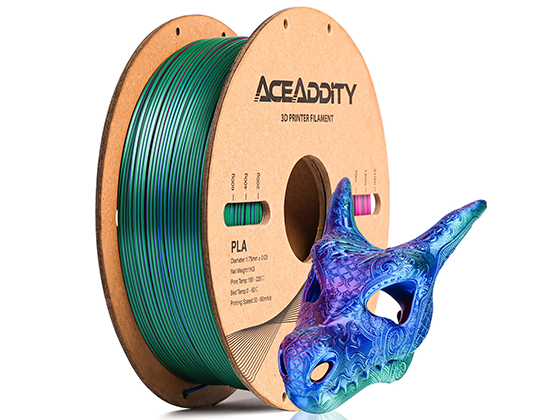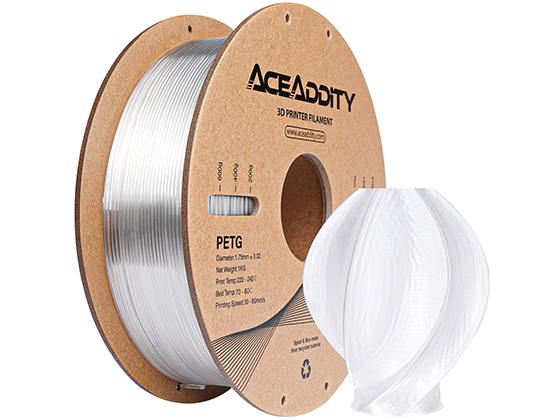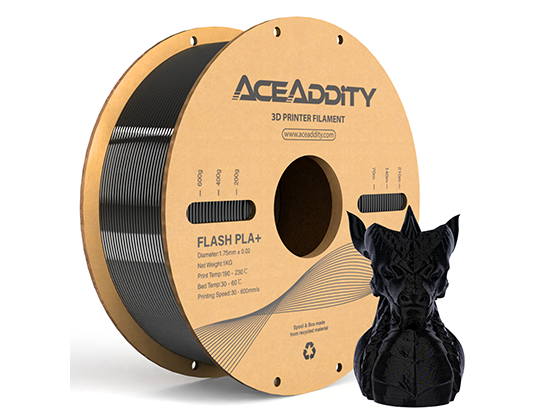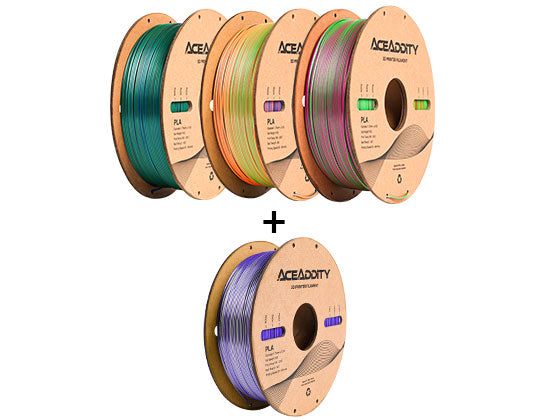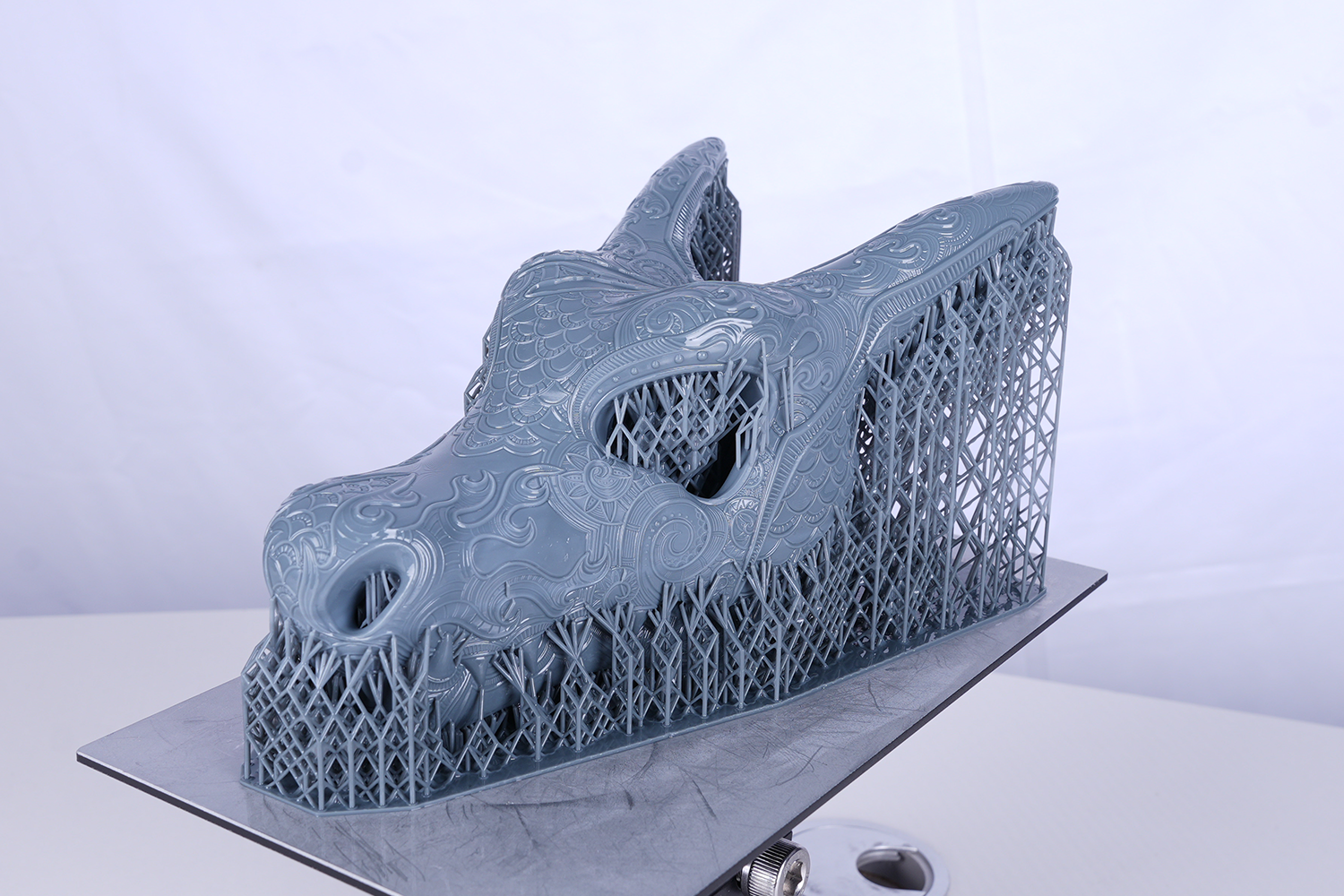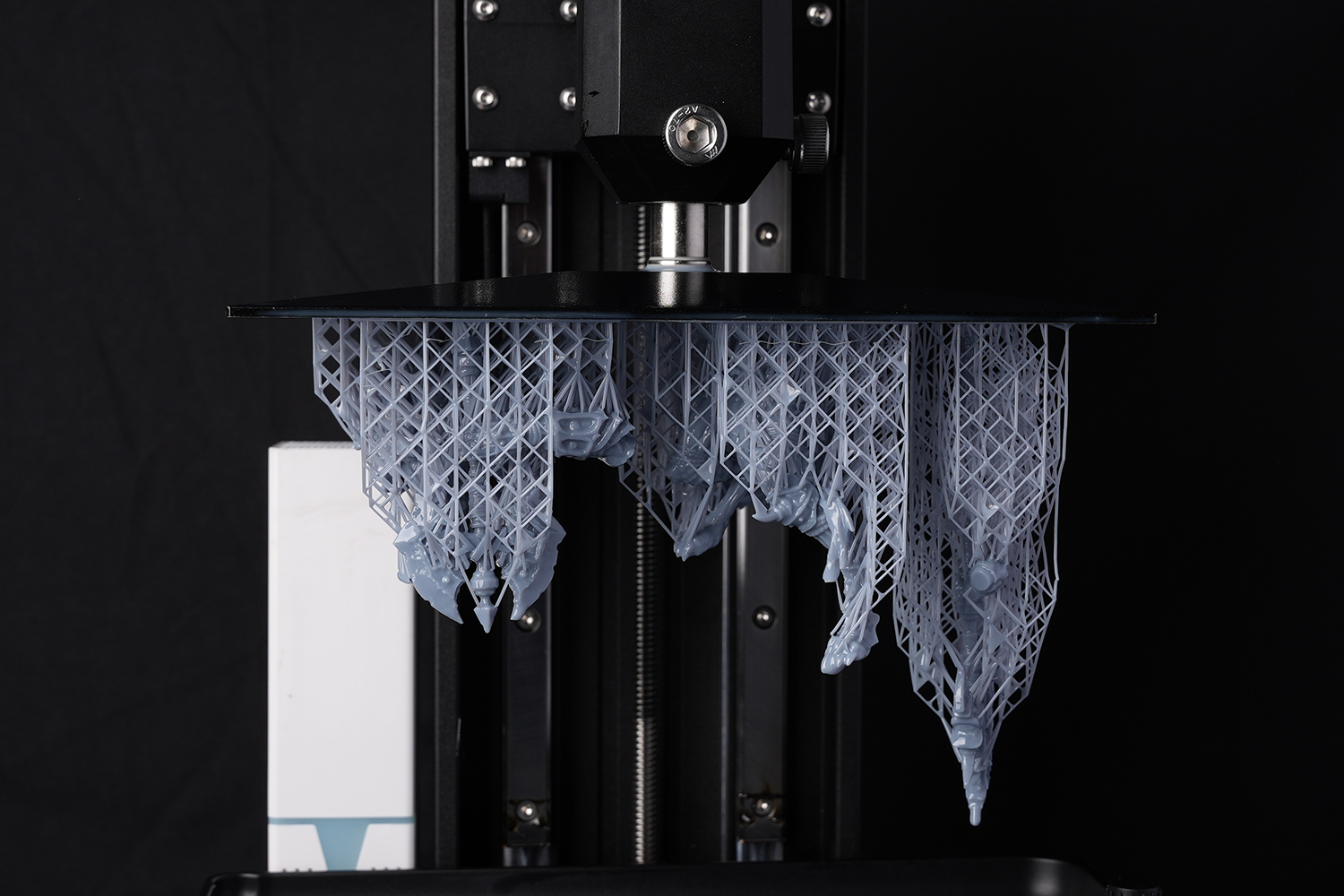From cool figurines to intricate industrial models, 3D printing gives us the freedom to create all sorts of unique parts. Unfortunately, 3D printers can’t defy gravity or print over thin air. Most entry-level 3D printers work by extruding material, and while this has lots of cost and safety advantages, it does come with some limitations. Creating a part with extreme overhangs, arches, or shallow angles can be a challenge. Supports make printing these geometries possible.
● How do you know when a print needs supports?
It varies depending on the printer and the layer height of the print. In most circumstances, supports are necessary when printing overhang angles over 45 degrees. At this point, layers may begin to deform and warp without help from underneath. As the sidewalls of the print get closer to vertical (0 degrees) or overhangs get near 90 degrees, each layer is already supported by the layer below, so no additional support is needed.

● What's the disadvantages of adding supports?
- 3D printed supports add significantly to the cost of the model. The support structure consumes material which is then removed and discarded.
- Support structures also increase print time. Increased post-processing work, such as removal of supports.
- Support structures are attached and placed into the surface of the model. If the process of support removing is not careful enough, it may leave flaws on the surface of the model.




